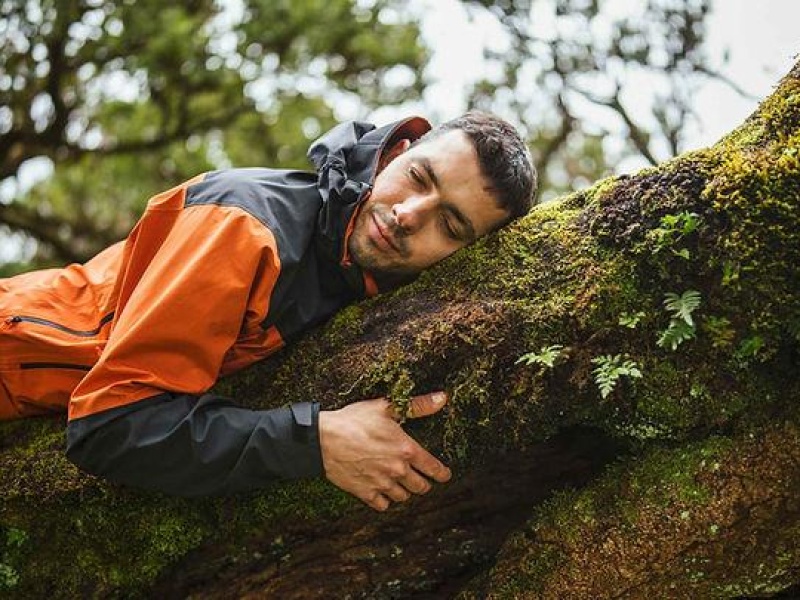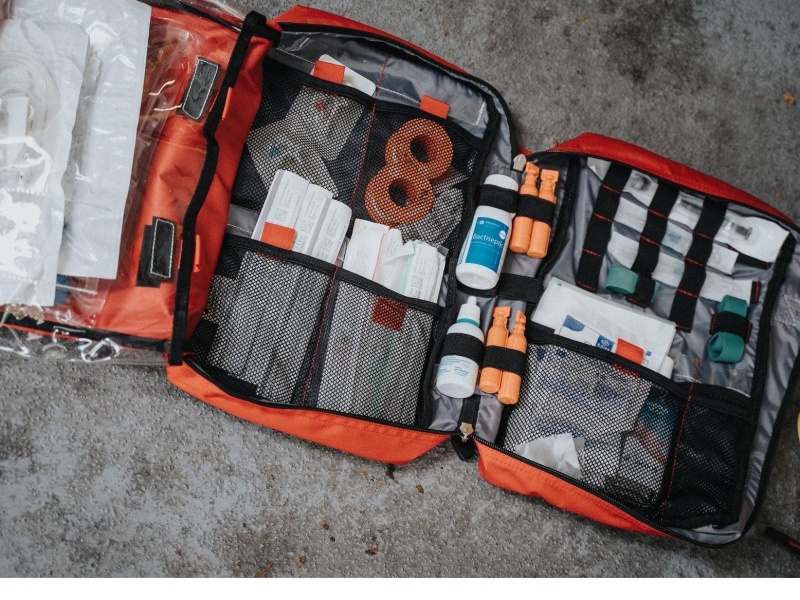1. A Reliable Backpack
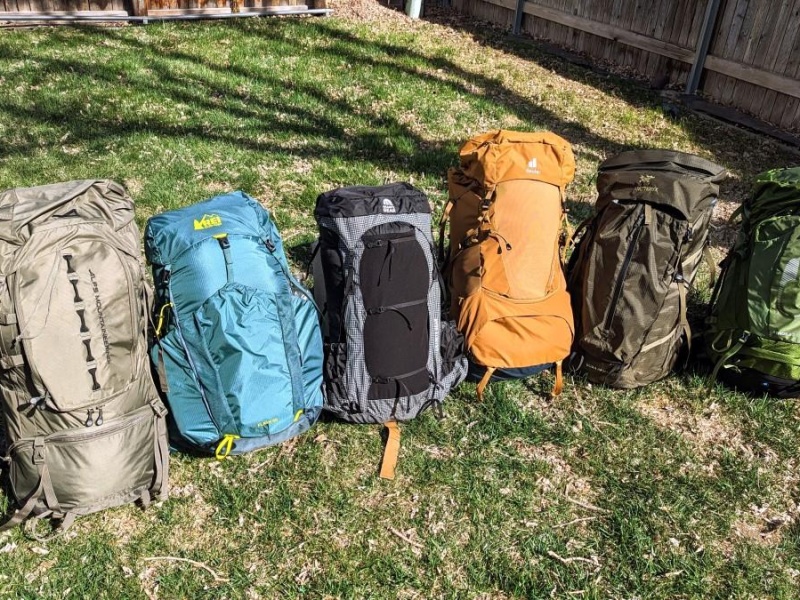
When it comes to backpacking, your backpack is your lifeline. It’s not just about carrying your gear; it’s about comfort, durability, and accessibility. A good backpack should fit your body well, distribute weight evenly, and have enough compartments to keep your essentials organized. Look for features like padded shoulder straps, a ventilated back panel, and waterproof material. Brands like Osprey, Deuter, and Gregory are known for their high-quality backpacks designed specifically for long treks. Remember, a poorly chosen backpack can turn your adventure into a nightmare, so invest wisely.
2. Lightweight Tent
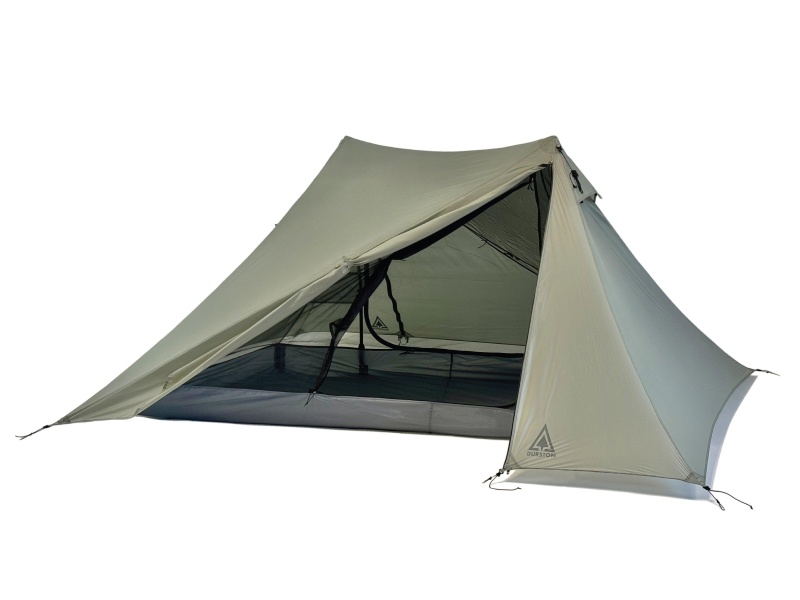
Your tent is your home away from home, and choosing the right one can make or break your trip. A lightweight, weather-resistant tent is essential for backpacking. Look for one that’s easy to set up and pack down, as you’ll be doing this frequently. Consider the number of people it needs to accommodate and the climate you’ll be facing. Ultralight options like the MSR Hubba Hubba or the Big Agnes Copper Spur are popular among backpackers for their balance of weight and durability. Don’t forget to practice setting it up before you hit the trail!
3. Sleeping Bag and Pad
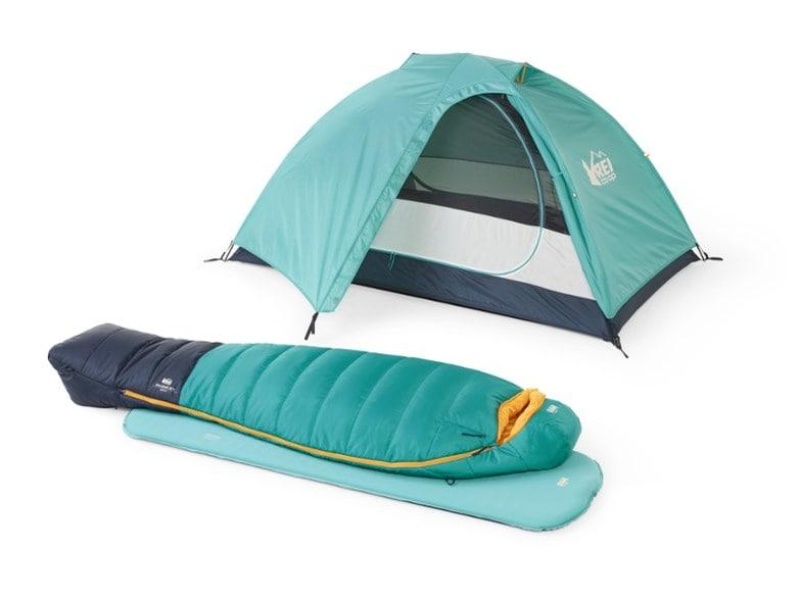
A good night’s sleep is crucial when you’re spending your days hiking. Your sleeping bag should be lightweight, compact, and suitable for the temperatures you’ll encounter. Down-filled bags are warmer and lighter but can be expensive and less effective when wet. Synthetic options are more affordable and perform better in damp conditions. Pair your sleeping bag with a sleeping pad for added comfort and insulation from the cold ground. Therm-a-Rest and NEMO are brands that offer excellent options for both sleeping bags and pads.
4. Navigation Tools

Getting lost in the wilderness is not an option. Always carry a map and compass, and know how to use them. While GPS devices and smartphone apps are convenient, they can fail due to battery life or lack of signal. A good old-fashioned map and compass are reliable backups. Additionally, consider carrying a guidebook or trail notes specific to your route. These tools will help you stay on track and make informed decisions about your journey.
5. Water Filtration System
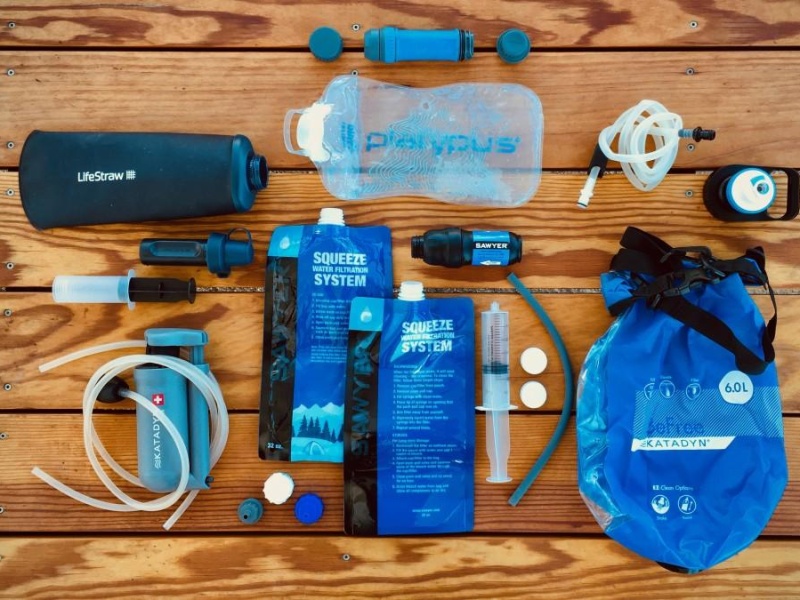
Staying hydrated is critical, but carrying enough water for an entire trip is impractical. A water filtration system allows you to safely drink from natural sources like streams and lakes. There are various options, including pump filters, gravity filters, and UV purifiers. Sawyer and LifeStraw are popular brands that offer lightweight and effective solutions. Always have a backup method, such as purification tablets, in case your primary system fails.
6. Cooking Gear
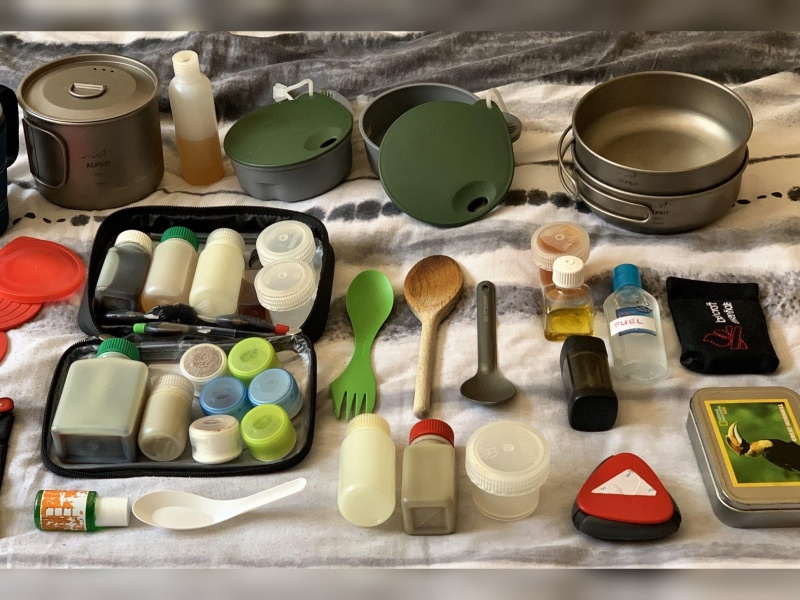
After a long day of hiking, a hot meal can be incredibly satisfying. A lightweight stove, fuel, and a compact cookset are essential for preparing meals on the trail. Jetboil and MSR are popular brands that offer efficient and portable cooking systems. Don’t forget to pack utensils, a lightweight pot, and a spork. Plan your meals ahead of time and consider dehydrated options to save space and weight.
7. First Aid Kit
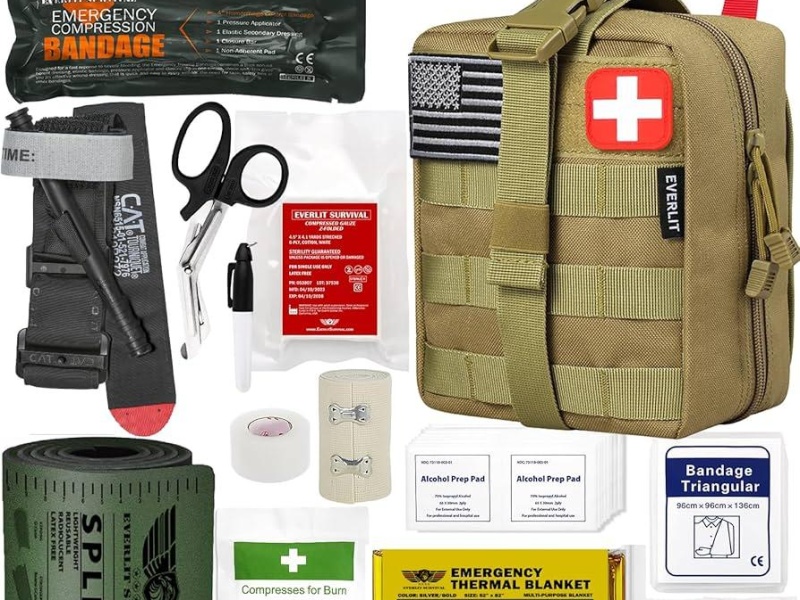
Accidents happen, and being prepared can make all the difference. A well-stocked first aid kit is a must-have for any backpacking trip. Include items like bandages, antiseptic wipes, pain relievers, blister treatment, and any personal medications. Consider taking a basic first aid course to know how to handle common injuries and emergencies. Your kit should be lightweight but comprehensive, ensuring you’re ready for anything the trail throws your way.
8. Appropriate Clothing
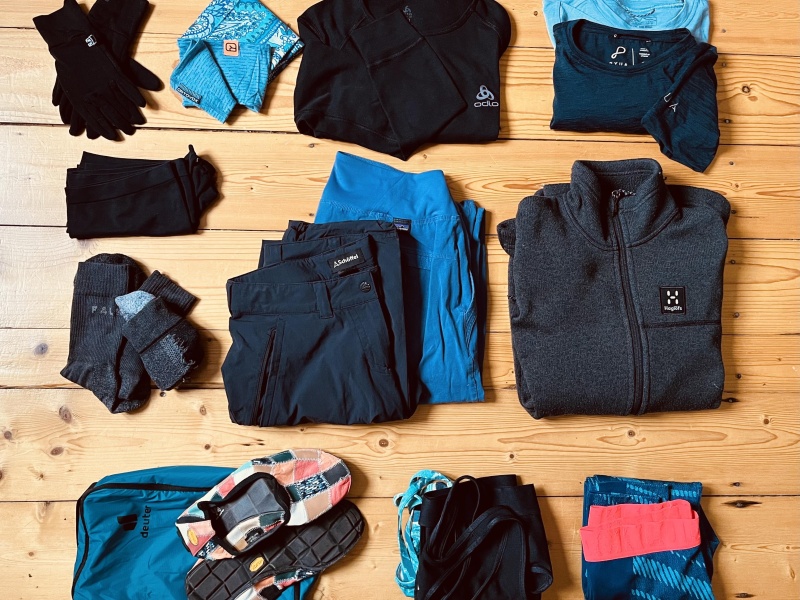
Dressing in layers is key to staying comfortable in changing weather conditions. Start with a moisture-wicking base layer, add an insulating layer like a fleece or down jacket, and finish with a waterproof and windproof outer layer. Don’t forget a hat, gloves, and extra socks. Choose materials that dry quickly and avoid cotton, which retains moisture. Merino wool and synthetic fabrics are excellent choices for backpacking clothing.
9. Multi-Tool or Knife
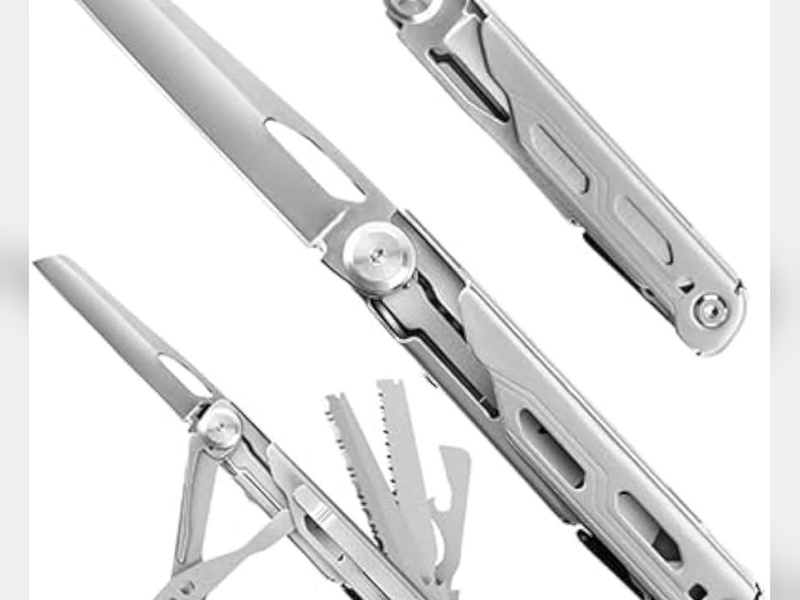
A multi-tool or knife is one of the most versatile items you can carry. From preparing food to making gear repairs, it’s an essential tool for any backpacker. Look for one with a variety of functions, such as a blade, scissors, screwdriver, and can opener. Brands like Leatherman and Victorinox offer durable and compact options that are perfect for the trail. Always keep it accessible in case you need it quickly.
10. Headlamp or Flashlight
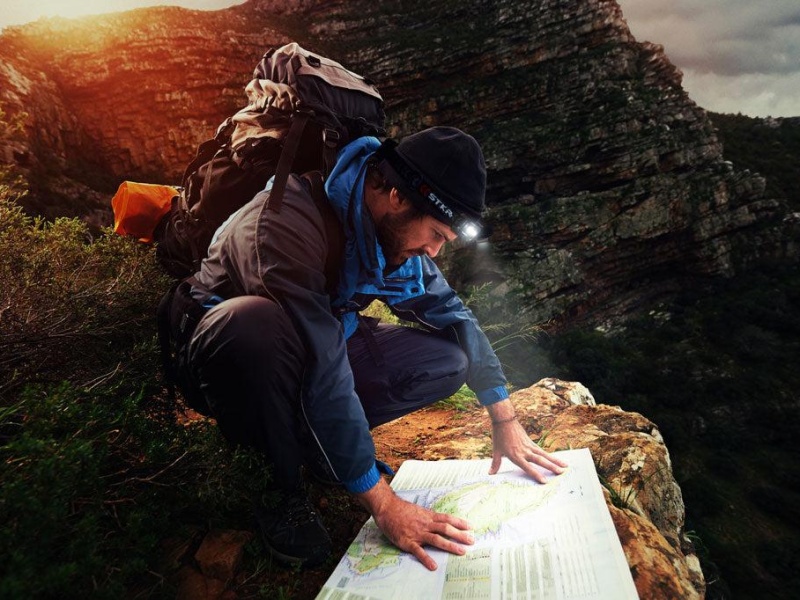
When the sun goes down, a reliable light source is essential. A headlamp is preferable because it keeps your hands free for tasks like setting up camp or cooking. Look for one with adjustable brightness settings and a long battery life. Always carry extra batteries or a backup light source. Petzl and Black Diamond are trusted brands that offer high-quality headlamps designed for outdoor use.
Key Takeaways
Backpacking is an incredible way to explore the great outdoors, but it requires careful preparation. The top 10 essentials—backpack, tent, sleeping bag and pad, navigation tools, water filtration system, cooking gear, first aid kit, appropriate clothing, multi-tool or knife, and headlamp or flashlight—are the foundation of a successful trip. Investing in quality gear and knowing how to use it will ensure you’re ready for whatever challenges the trail may bring. Remember, the key to a great backpacking experience is not just the destination, but the journey itself.
Frequently Asked Questions
Q: How do I choose the right backpack size?
A: The right backpack size depends on the length of your trip and the amount of gear you need to carry. For weekend trips, a 30-50 liter pack is usually sufficient. For longer trips, consider a 50-70 liter pack. Always try on the backpack with weight to ensure a proper fit.
Q: What’s the best way to stay warm at night?
A: Layering is key. Use a sleeping bag rated for the lowest temperature you expect, and pair it with a sleeping pad for insulation. Wearing a hat and thermal layers to bed can also help retain body heat.
Q: How do I purify water in the backcountry?
A: There are several methods, including water filters, UV purifiers, and chemical treatments. Choose a method that suits your needs and always have a backup in case your primary system fails.

